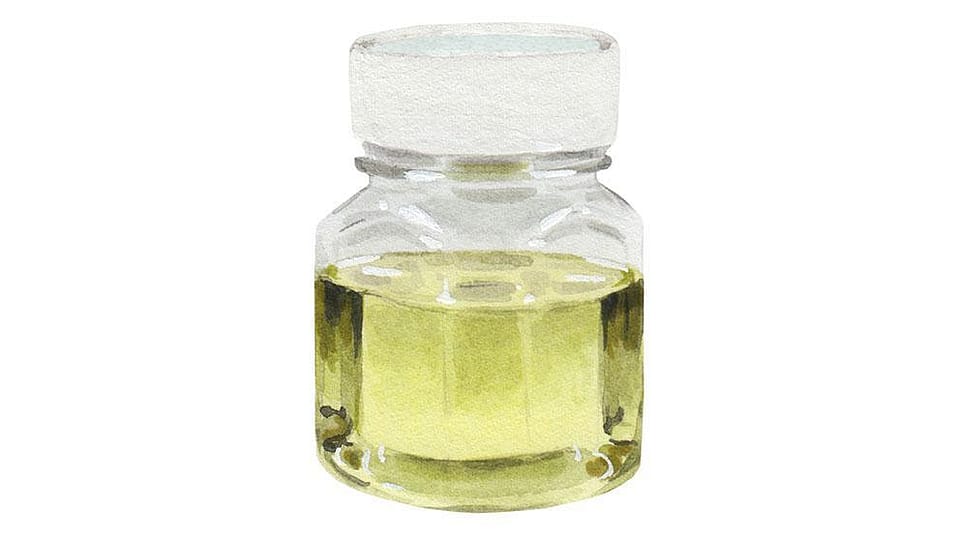Purifying Gel Cleanser
Gentle and effective cleansing gel
A gentle cleanser that effectively reduces problem skin. Suitable for blemished skin which gets glossy easily. Clinically tested.
Description
Purifying Gel Cleanser is a gentle cleansing gel with antibacterial willow bark extract. The cleansing helps effectively reduce spots, blackheads, increased puffiness and glossy skin without drying it out. The refreshing natural fragrance comes from chamomile, lavender and peppermint from genuine essential oils.
Benefits
- Effective and gentle without drying out the skin
- Suitable for problem skin
- Clinically tested
{{this.selectedProduct.warnings}}
{{this.selectedProduct.manufacturerContact}}
Ingredients
INCI
Full declaration
Aqua
Alcohol
Disodium Cocoyl Glutamate
Coco-Glucoside
Parfum
Xanthan Gum
Sodium Cocoyl Glutamate
Willow bark extract
Licorice Root
Witch Hazel Distillate
Carrageenan
Tocopherol
Lecithin
Citric Acid
Glyceryl Oleate
Hydrogenated fatty acid glycerides
Ascorbyl Palmitate
Limonene
Linalool
Citral
1 From natural essential oils and/or plant extracts
Customer reviews (0)
























